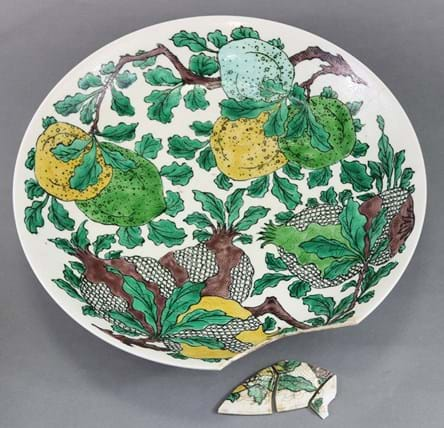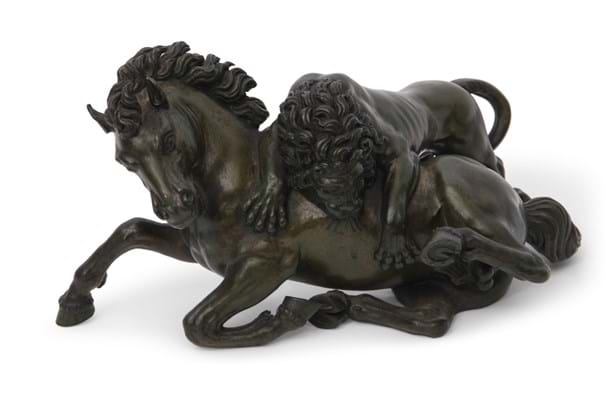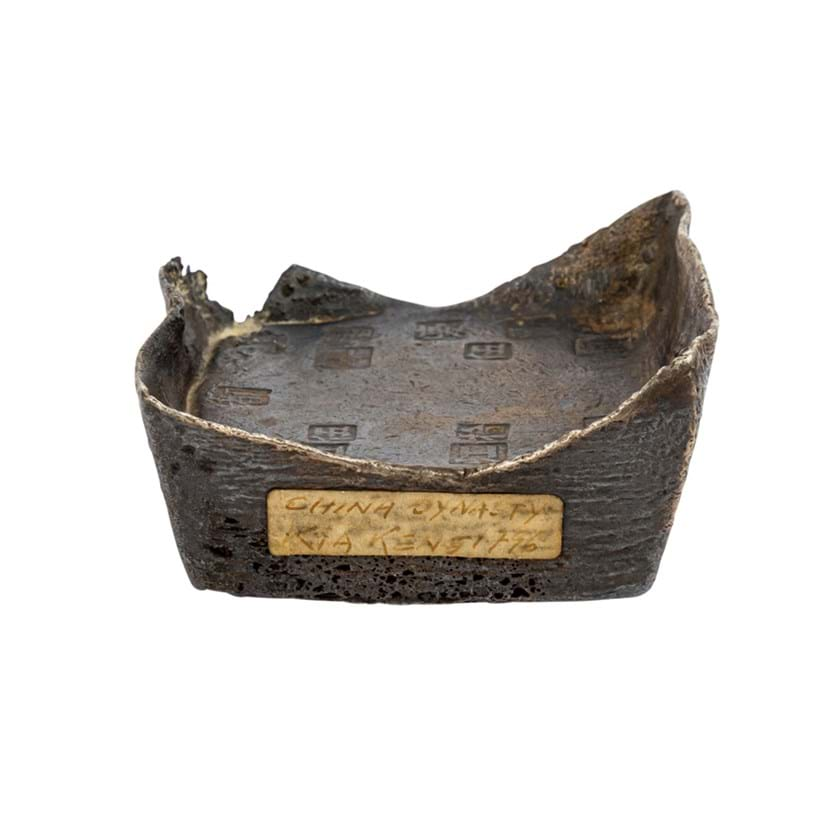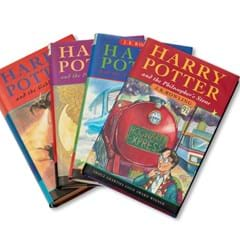Sold on thesaleroom.com: ‘the world’s largest coin, a Kangxi dish and a sleepy Giambologna bronze
09 April 2020 From the thousands of lots that appear at auctions every week on thesaleroom.com, here we focus on three exceptional lots bought by online bidders this month.A silver 50 taels sycee ingot, €14,000 (£12,000) at Eppli
A 50 taels silver sycee ingot
Sycee or yuanbao were a key form of currency in China for more than a millennia. While coins were used for small transactions, these solid silver ingots (made by local goldsmiths rather than a designated mint) were used when a larger medium of exchange was required.
In addition to a multitude of different regionally-specific forms (saddle, boat and drum forms are perhaps the most common) sycee differ obviously in size. Some weighed less than one tael (about one ounce). The largest, such as this Qing example offer for sale by German auctioneer Eppli of Leinfelden-Echterdingen on March 28, were cast with bullion weighing 50 taels. It has been called the largest coin ever made.
Needless to say, most large sycee were melted early in life to cast silver coins and there are many reproductions and forgeries on the market.
However, this example, tipping the scales at 1875g, has a series of marks for the emperor Jiaqing (1796-1821) and was deemed to be of the period. The hammer price was tendered via thesaleroom.com at €14,000 (£12,000).

A Kangxi double-decorated dish
It is badly damaged, but this large shallow dish offered by Aldridges of Bath on March 31 is an outstanding example of Kangxi mark and period famille verte porcelain.
Measuring over 14in (35cm) across, it has two forms of decoration – incised five-clawed dragons chasing the flaming pearl and enamelled leafy branches bearing peaches and pomegranates rendered in colourful shades of green, yellow, aubergine and blue.
As the illustration suggests it was badly damaged (a large section had broken away and the pieces to repair it were incomplete) but it found many admirers at the estimate of just £150-250. It sold at £4800 to a bidder using thesaleroom.com.
The price should be seen in the context of two similar dishes bearing this rare double-decoration sold by Christie’s Hong Kong in 2013. In better condition these took close to HK$1m (around £100,000) each.

A bronze after Giambologna
It was catalogued by Key’s of Aylsham simply as ‘a patinated bronze group of a lion attacking a horse’ but this large and robustly modelled group merited – and to an extent commanded - more attention. Estimated at £100-150, at the March 25 sale it went to a buyer using thesaleroom.com at £3300.
The ultimate prototype of the model is a fragmentary antique marble restored in the 16th century and today housed in the Capitoline Museum, Rome.
However, it is much better known from the series of bronzes associated with the workshop of the great Florentine Mannerist sculptor Giambologna (1529-1608) and his assistants Antonio Susini and Pietro Tacca. Should this be confirmed as a 17th century cast, the buyer may have snared a bargain.



